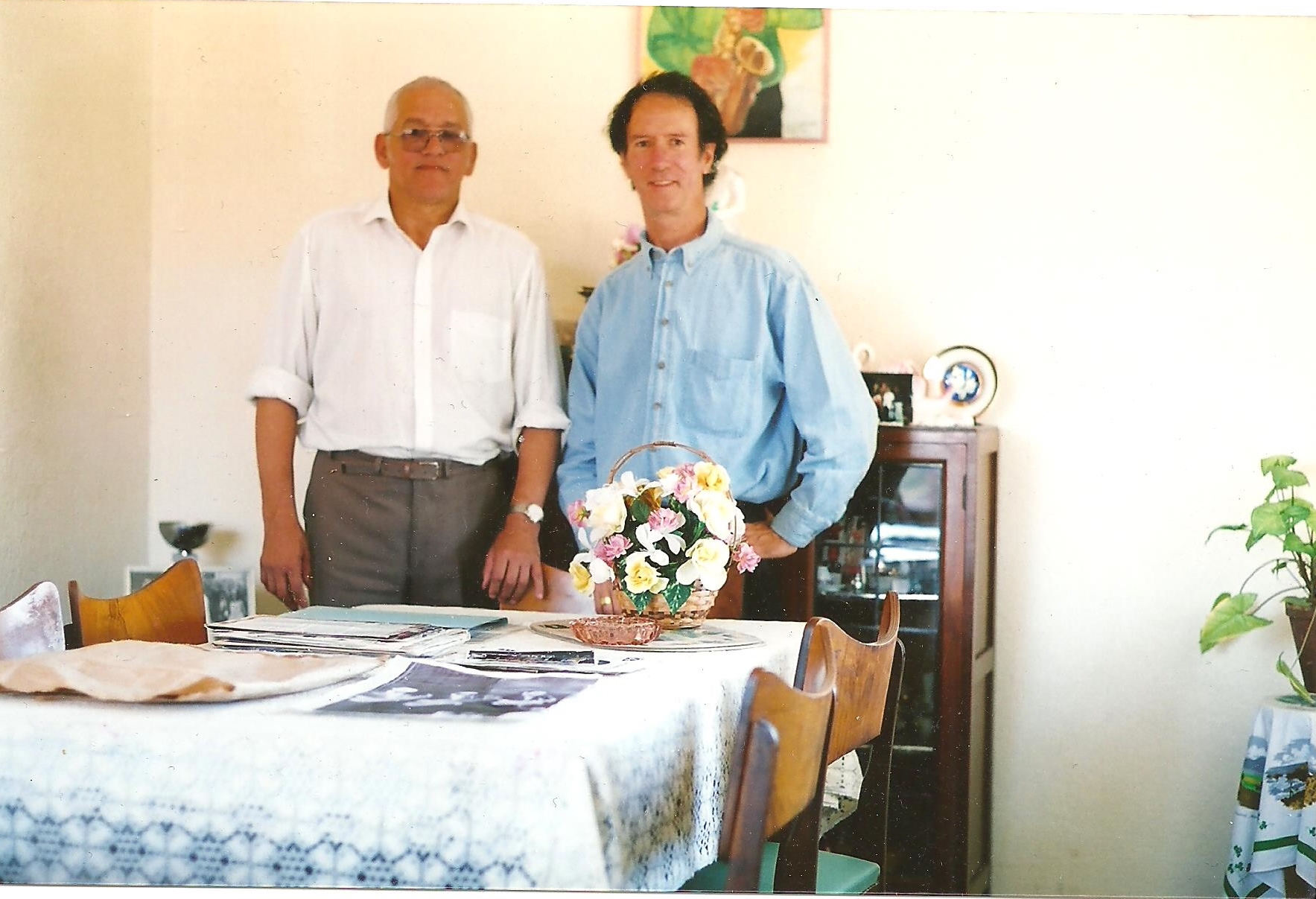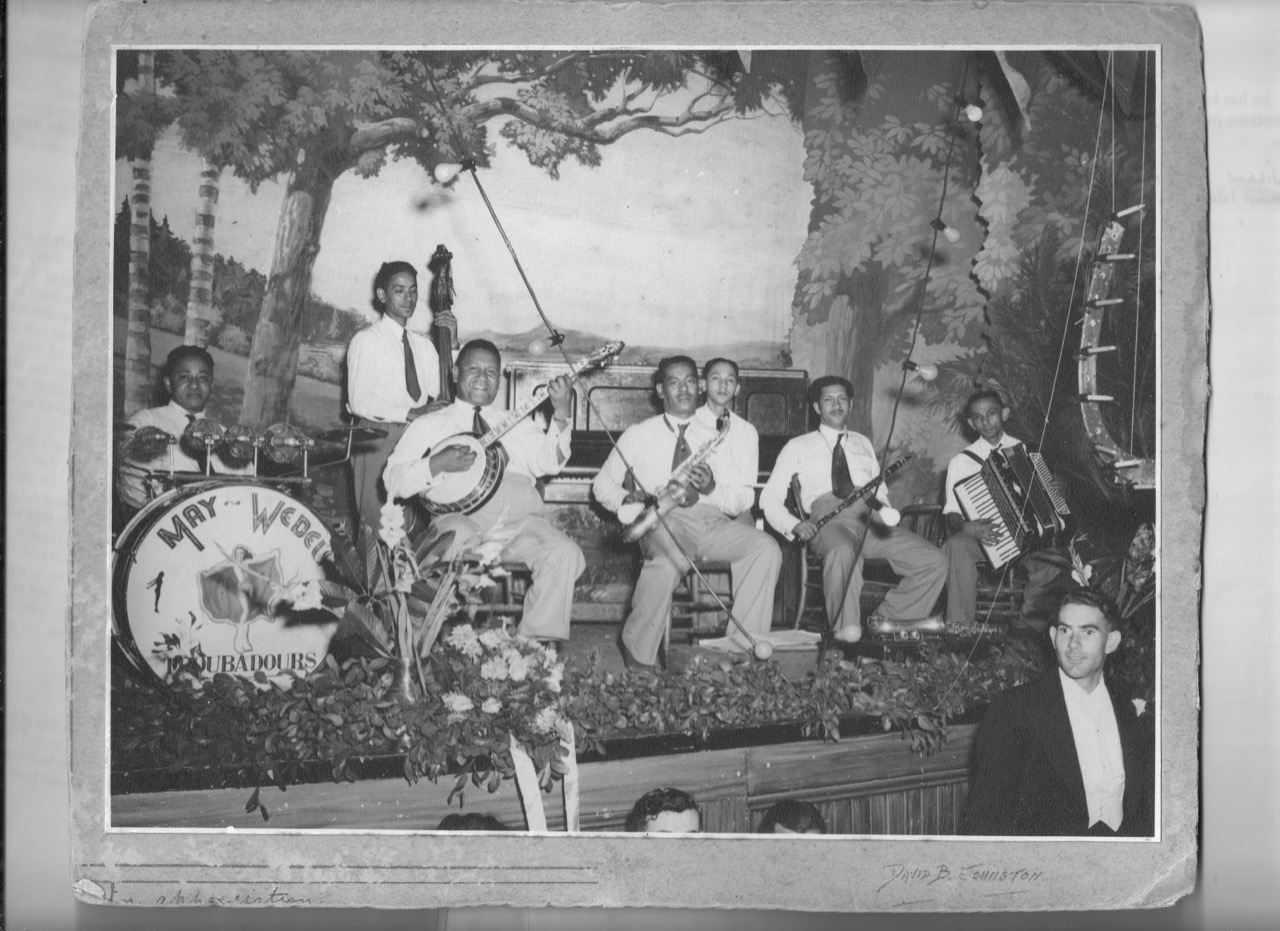As a popular South African dance form, 'Langarm' often conjures up images of couples sokkie dancing sedately to the beat of Afrikaans pop music. This is especially how many white South Africans view Langarm.
But 'Langarm' as we know it today, is more than just sokkie; it has a rich history and was already used as a form of recreation and entertainment in the Cape during the colonial period.
Having been influenced by many styles of dance and music over time, such as English Country Dancing, the Quadrille or Square Dances, military dance bands and Cape Malay Quadrille Bands, 'Langarm' over time became increasingly popular especially within the Coloured community.
"The term 'Langarm' was in widespread use by the so-called Coloured communities of District Six and the Cape at large in the late twentieth century, to refer to the then current Ballroom dances and dance bands as well as earlier Ballroom dances and dance bands from the 1930's onward," says Michael Dunseith who recently completed his Master's Degree in Musicology at Stellenbosch University. He's currently exploring additional topics of research for publication, inspired by his thesis.
 Inspired by the late Willie Jales' passion for preserving the legacy of Coloured 'Langarm' dance bands in the Cape, Dunseith explored the meaning 'Langarm' holds for the Coloured people of Cape Town, and its origins in Ballroom dancing. Jales was a tenor and alto saxophonist, originally from District Six, who lead both a Christmas Choir and a Ballroom-Langarm dance band, namely Willie's Starlite Orchestra.
Inspired by the late Willie Jales' passion for preserving the legacy of Coloured 'Langarm' dance bands in the Cape, Dunseith explored the meaning 'Langarm' holds for the Coloured people of Cape Town, and its origins in Ballroom dancing. Jales was a tenor and alto saxophonist, originally from District Six, who lead both a Christmas Choir and a Ballroom-Langarm dance band, namely Willie's Starlite Orchestra.
During the course of his research, Dunseith used primary and secondary sources to collect historical data and also conducted numerous interviews with leaders and members of two active dance bands: The Strand Combo and Kallie's Dance Band from Grabouw, in addition to attending many of their functions.
Dunseith followed Jales' lead and joined the terms Ballroom-Langarm in a duel language moniker that clearly positions the culture firmly rooted in classic Ballroom practice but with a local flavour especially to be found in the use of the vastrap rhythm, which was exclusively used in the Square Dances but is currently used for loose dancing or line dances.
"The Coloured people of the Cape have embraced the term 'Langarm' as their own and for them, it refers specifically to a Ballroom dance event and the dancing and music associated with it," says Dunseith.
"No other cultural group in South Africa manifest an evening of Ballroom-Langarm dancing in the same way that the members of the Coloured community do, with a high level of traditional Ballroom skills as well as the remnants of the 'Squares' utilising the vastrap rhythm which has now been adapted to modern versions of the American line dance, echoing strongly the old Longways of the English Country Dances."
According to Dunseith, research has shown that the Ballroom-Langarm music and dance practices of the Coloured people of the Cape, represent an unbroken tradition of musicianship and dance skills that span from the beginnings of the Cape colony until the present.

Regarding the future of 'Langarm' dance, Dunseith says it is far from dead. "According to research consultant Shireen Steenkamp, a leading dance teacher in Cape Town, there are at least fifty small dance studios functioning within the Cape Town Metropole and teaching the next generation of Ballroom-Langarm dancers."
"The ages of those in attendance at these events, which take place regularly across the Cape Town Metropole in town and community Halls, are evenly spread across all age groups from mid-twenties upward and this applies to the band members as well. There are approximately ten top dance bands that function in the Cape Town Metropole, which rely on fundraising efforts for revenue."
Dunseith says there is still a strong awareness and knowledge of formal Ballroom-Langarm dancing among patrons of all ages as well as the dance bands and their choice of music.
"As long as this awareness can be maintained, through the help of the dance studios, combined with the fun and comradery of the new line dances, the dancing public will continue to enjoy these unique events as prime occasions for social interaction in a fun and civil environment within the community."
Pictures:
Top:
Willie Jales (left) and Michael Dunseith in 2012 at Jales' house in Lansdowne, Cape Town.
Bottom:
This is an example of a band in action circa 1950's. It is the May-Wedel Troubadours from District Six. Davy May and the Wedel brothers were the founders of the band. Davy May was a mentor to Willie Jales and lived down the road from his family house in District Six. Courtesy of Jerome Jales and the Willie Jales Collection.

